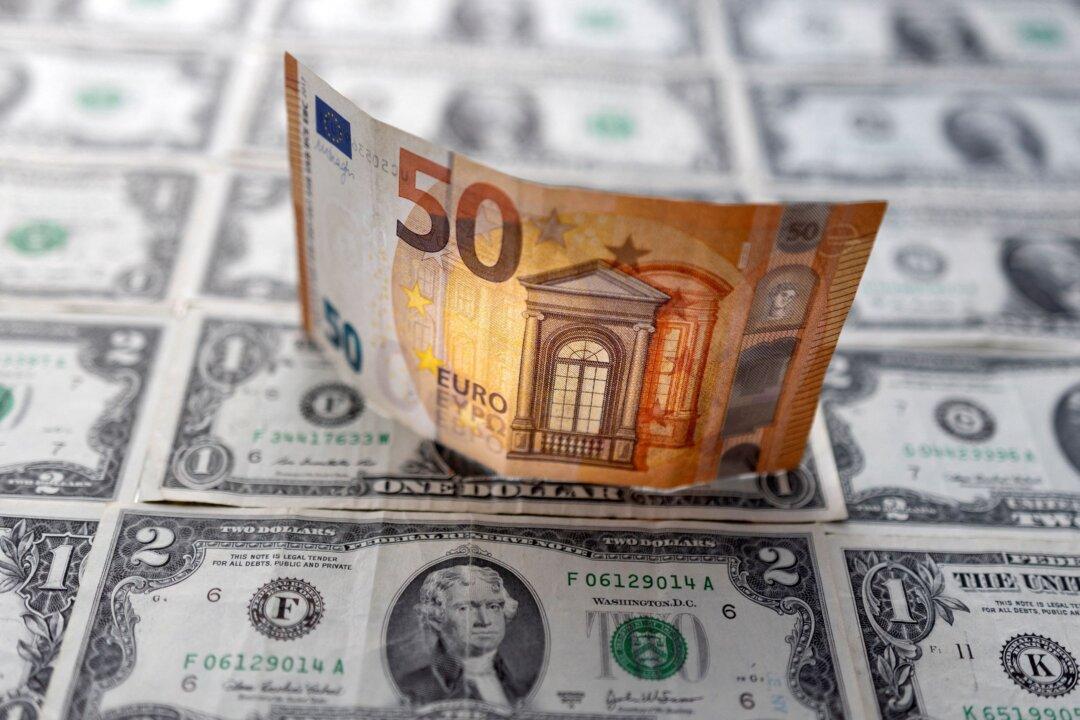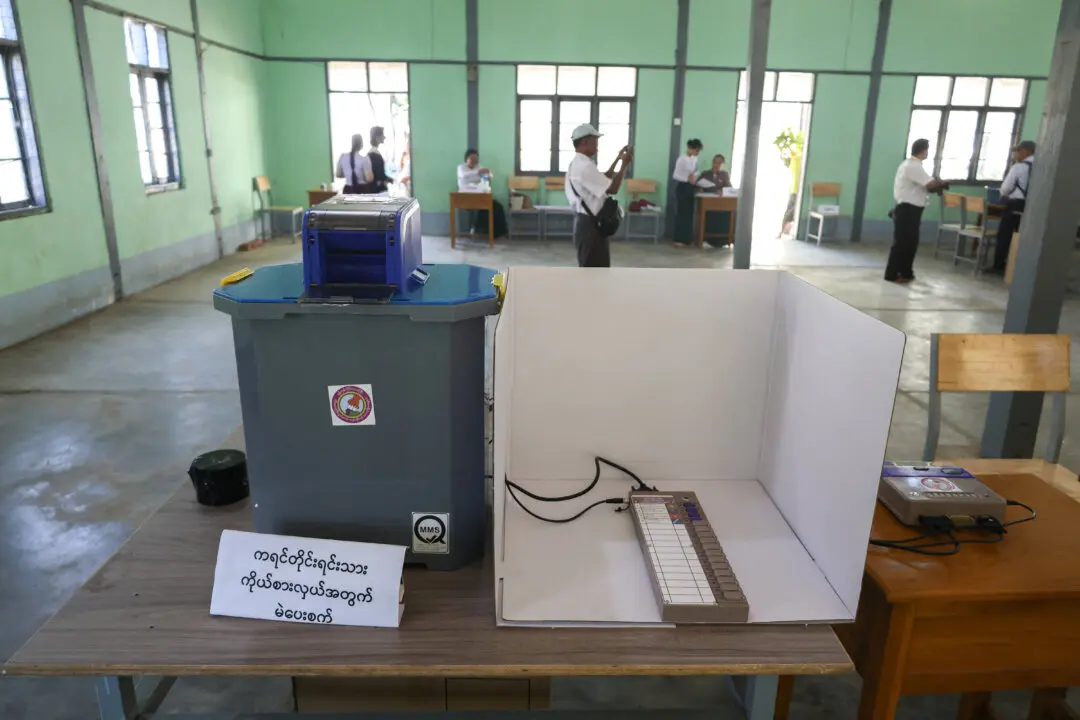LONDON/TOKYO—The euro eased against the dollar on Wednesday as investors looked to more labor market data in the U.S. and inflation data in the eurozone to provide clues on the path for central banks policies.
Spain and Germany inflation releases could give some indication on the bloc’s wider numbers due on Thursday.





